What's the Difference Between Paprika and Smoked Paprika?
Paprika and smoked paprika are distinct spices with different production methods, flavors, and culinary uses. Regular paprika is made from dried and ground peppers (typically bell peppers or mild chilies), while smoked paprika is made by smoking peppers over wood fires before drying and grinding, resulting in a rich, smoky flavor. Here's a clear comparison:
| Feature | Paprika | Smoked Paprika |
|---|---|---|
| Making Process | Sun-dried or oven-dried | Peppers are smoked over wood fires |
| Taste Profile | Mild, sweet, slightly fruity | Earthy, smoky, deeper flavor |
| Heat Level | Varies (mild to spicy) | Varies (mild to spicy), often bolder |
| Main Use | Garnishing, light seasoning, color boost | Meat rubs, stews, grilled veggies |
| Best For | Dishes needing subtle flavor and color | Dishes craving a smoky punch |
What is Paprika, Anyway?
Paprika is made from dried and ground peppers—typically bell peppers or chili peppers depending on the region. It comes in a range of heat levels, from mild to hot, and is known for its vibrant red color and subtle sweetness. It's commonly used in Hungarian, Spanish, and Indian cuisines to add flavor and color without overwhelming heat.
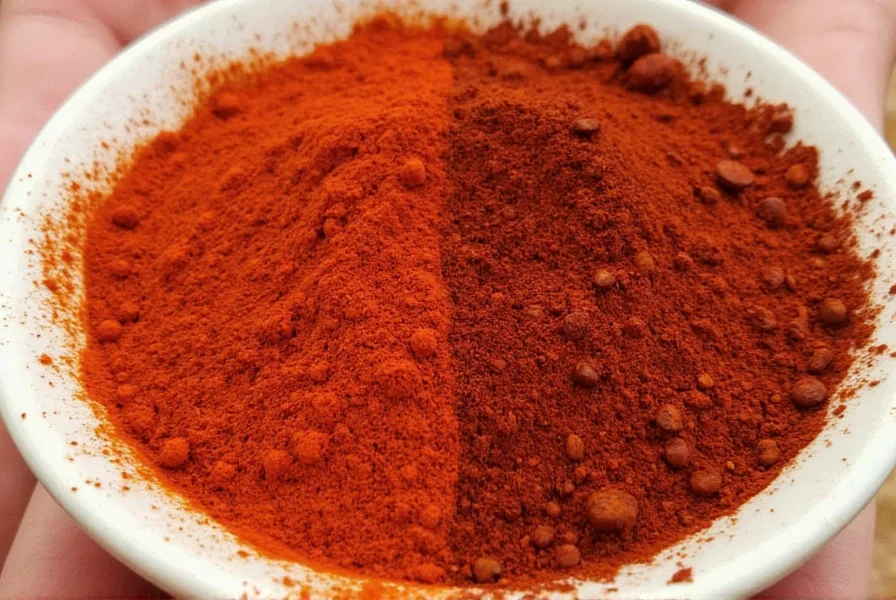
The Origins of Paprika
Paprika has deep roots in Central and Eastern Europe, especially Hungary, where it became a symbol of national cuisine. Traditionally used in dishes like goulash, paprika was introduced to Europe after Columbus brought peppers back from the New World.
And What's the Deal with Smoked Paprika?
Smoked paprika, also known as pimentón in Spain, takes things up a notch. Instead of just drying the peppers in the sun or an oven, they're slowly smoked over wood fires before being ground into powder. This gives the spice a rich, smoky depth that regular paprika can't match.
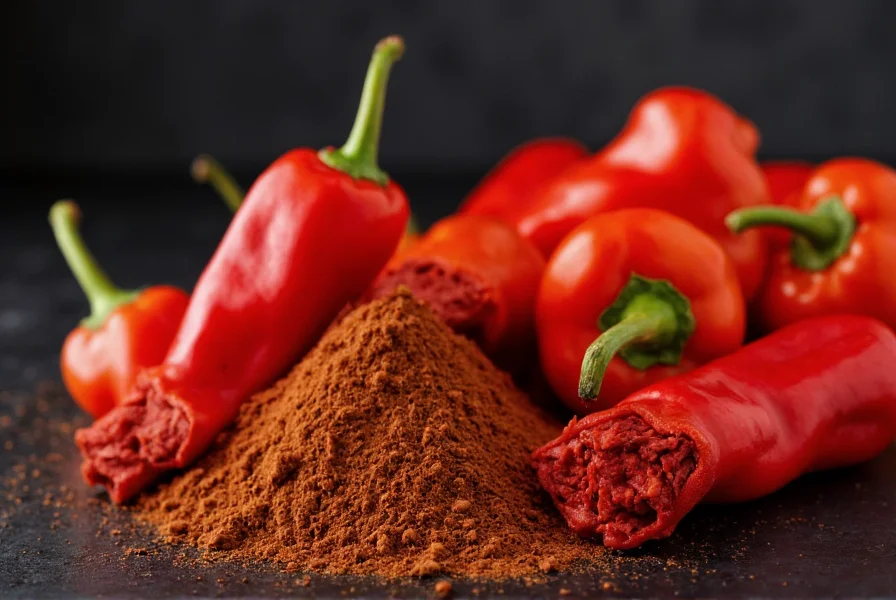
Where Does It Come From?
Smoked paprika hails from regions like Extremadura in Spain, where the smoking process adds a distinctive earthy aroma. It's a staple in Spanish dishes such as paella and chorizo, and even in American barbecue rubs thanks to its bold flavor profile.
How to Use Them Like a Pro in the Kitchen
Now that you know the basics, let's get practical. Here are some delicious ways to make both paprikas shine in your everyday meals.
Regular Paprika: Sweetness in Simplicity
- Garnish with flair: Sprinkle on deviled eggs, mashed potatoes, or potato salad for instant visual appeal.
- Make a creamy dip: Mix with sour cream, garlic, and herbs for a flavorful sandwich spread or veggie dip.
- Rice dishes: Add to paella or pilaf for a warm hue and gentle flavor.
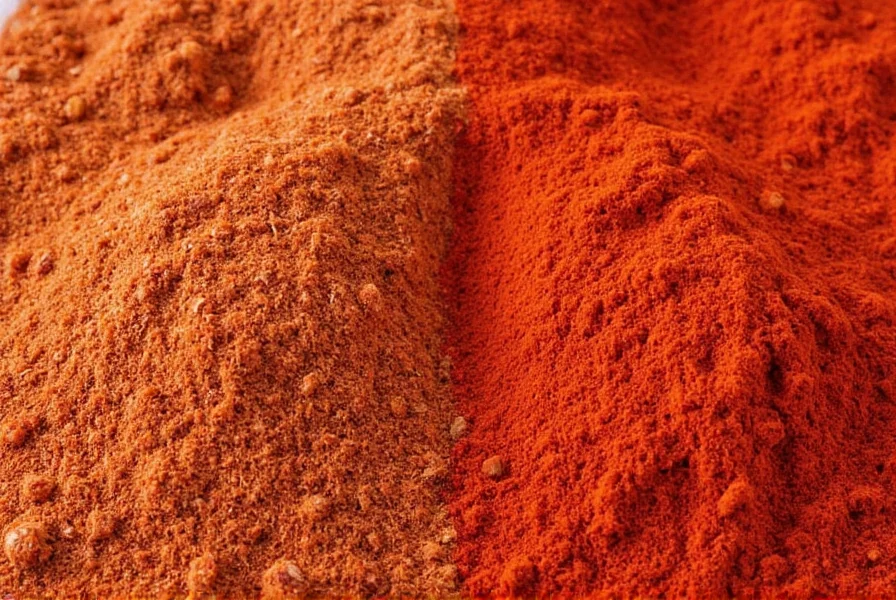
Smoked Paprika: Bold Moves Ahead
- Spice rubs: Combine with salt, pepper, garlic, and cumin for killer steak or pork rubs.
- BBQ sauces: Stir into ketchup-based sauces for a deep, smoky kick.
- Grilled veggies: Toss zucchini, eggplant, or corn with oil and smoked paprika before roasting.
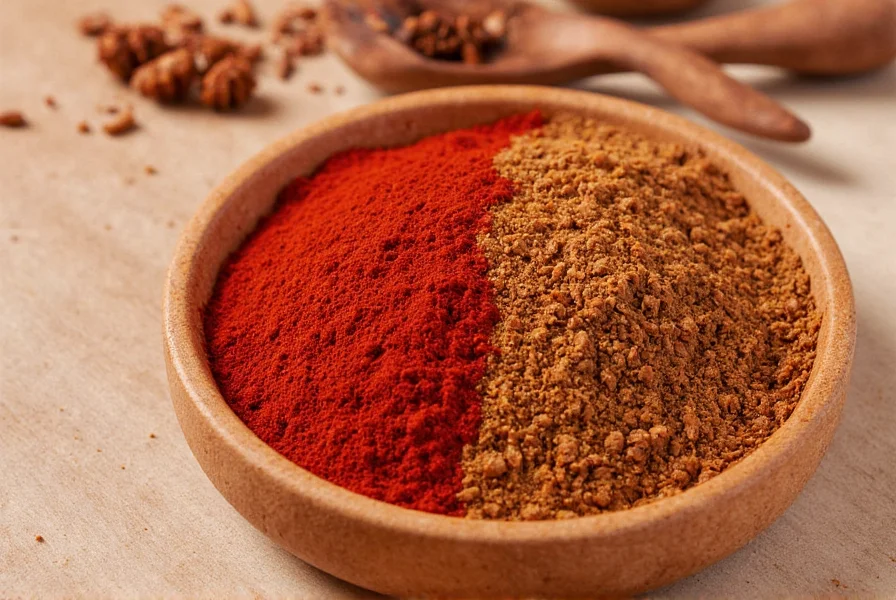
Buying Guide: Which One Should You Choose?
Choosing between paprika and smoked paprika can be confusing, especially when faced with a dizzying array of options in stores. Let's break it down by brand, type, and usage scenarios.
Top Picks for Regular Paprika
- McCormick Culinary All-Natural Paprika: Perfect for home cooks who need a consistent supply. Mild and versatile for everything from soups to dips.
- Spice Islands Premium Paprika: A bit pricier but worth it for its richer hue and flavor. Ideal for food photographers or presentation-focused chefs.
Top Picks for Smoked Paprika
- La Dalia Pimentón de la Vera: Authentic Spanish smoked paprika. Deeply aromatic and available in sweet, bittersweet, and hot varieties. Great for slow-cooked dishes and meat rubs.
- Penzeys Smoked Paprika: An American favorite with bold flavor. Excellent for grilling, roasting, and adding drama to any plate.
When to Buy Which?
- Choose Regular Paprika If:
- You want a colorful garnish.
- Your dish needs a subtle flavor boost without overpowering other ingredients.
- You're making lighter dishes like potato salad or rice bowls.
- Go for Smoked Paprika If:
- You're making barbecue, grilled meats, or roasted veggies.
- You crave a rich, earthy undertone in stews or sauces.
- You love the taste of fire pits and campfires, minus the smoke in your hair.
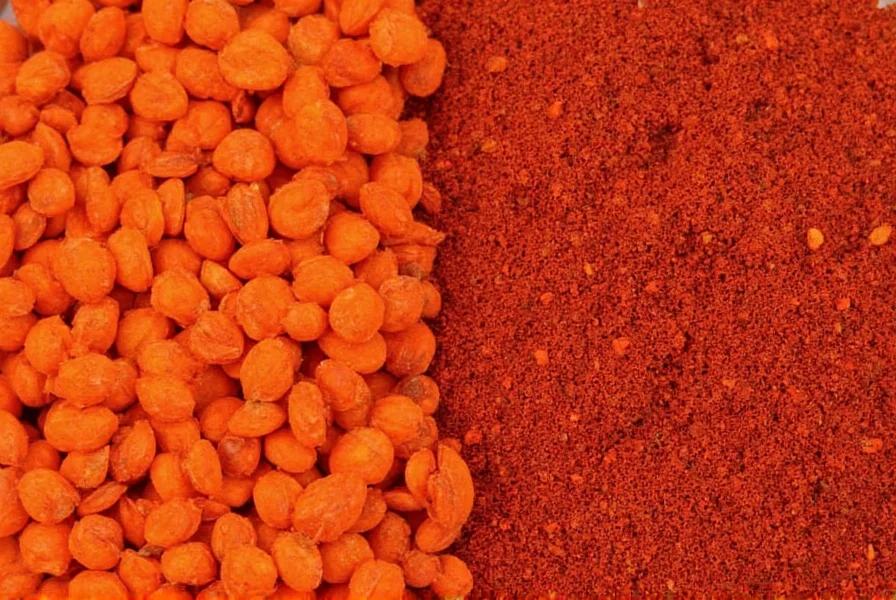
Frequently Asked Questions
Is there a difference between paprika and smoked paprika?
Yes, there is a significant difference. Regular paprika is made from ground dried peppers (usually bell peppers or mild chili peppers), while smoked paprika is made from peppers that are first smoked over wood fires before being dried and ground. This smoking process gives smoked paprika its distinctive deep, smoky flavor that regular paprika lacks.
Can I substitute smoked paprika for regular paprika in recipes?
You can substitute in some recipes, but be cautious. Smoked paprika has a much stronger, more distinctive flavor that can dominate a dish. As a general rule, use about 1/4 to 1/2 the amount of smoked paprika if substituting for regular paprika. For dishes where subtle flavor is key (like potato salad or deviled eggs), regular paprika is better.
Does smoked paprika have more heat than regular paprika?
Not necessarily. Both regular and smoked paprika come in mild, medium, and hot varieties. The heat level depends on the type of peppers used, not the smoking process. The main difference is the smoky flavor, not the heat.
How should I store paprika to keep it fresh?
Both types of paprika should be stored in airtight containers away from light and heat. Properly stored, they'll retain their flavor for 6-12 months. For longest shelf life, consider keeping them in the refrigerator or freezer.
What are the key differences in cooking applications between the two?
Regular paprika works best when you want color and subtle flavor without overpowering other ingredients - great for garnishes, light sauces, and potato dishes. Smoked paprika shines in dishes where you want that distinctive smoky flavor - perfect for barbecue rubs, grilled meats, roasted vegetables, and hearty stews where its bold flavor can complement other strong ingredients.
Conclusion: Spice Up Your Life With the Right Paprika!
So yes, there is definitely a difference between paprika and smoked paprika. One is your sweet, reliable sidekick that brings color and subtle flavor. The other is your bold, adventurous friend who throws caution—and sometimes a little smoke—in the wind.
Whether you're tossing together a quick weeknight meal or planning a weekend barbecue feast, knowing which paprika to reach for can elevate your cooking from "just okay" to "Oh wow!"
So go ahead, shake it up in the kitchen. And remember: paprika might be pretty, but smoked paprika? That one's dangerous… in the best possible way.
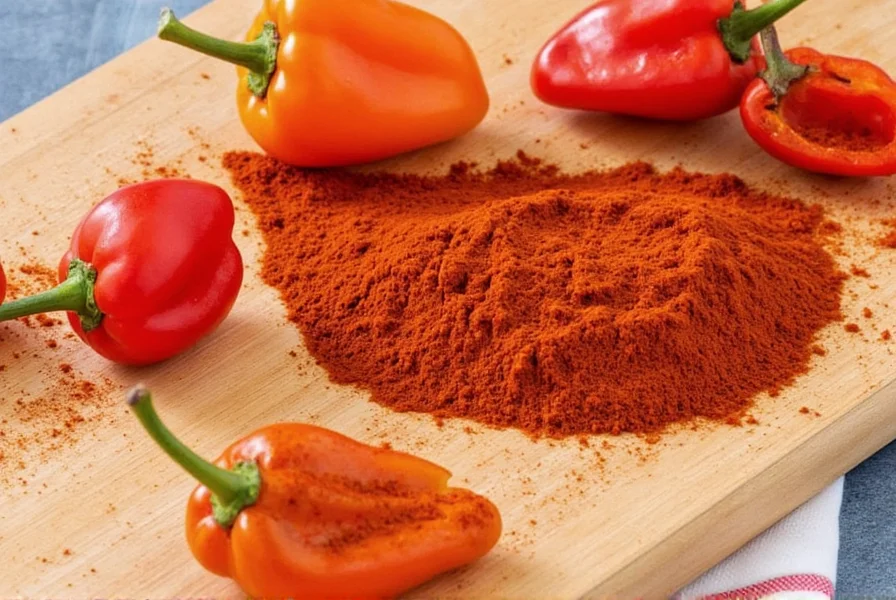

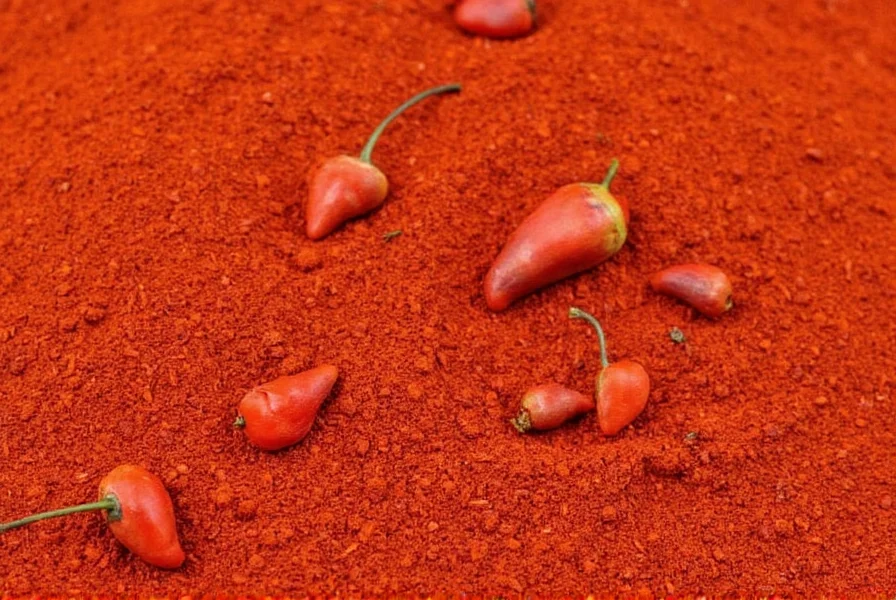









 浙公网安备
33010002000092号
浙公网安备
33010002000092号 浙B2-20120091-4
浙B2-20120091-4